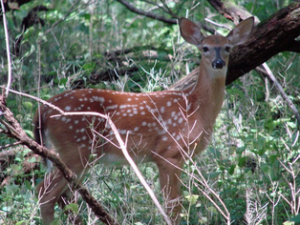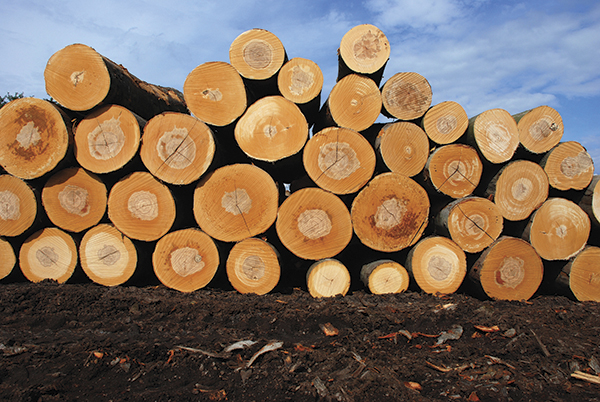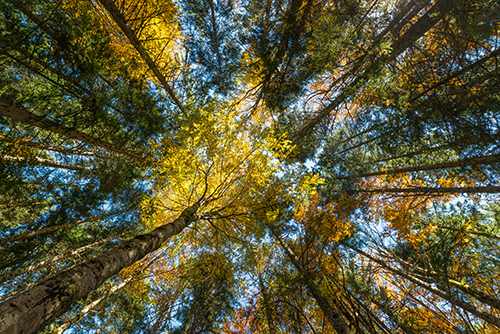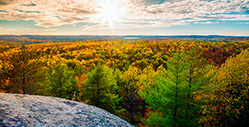Timber Management and Wildlife
 It’s not uncommon for landowners to make decisions about how they want to sell their timber based on how it will affect their wildlife and hunting. There has been a trend lately for producing quality deer. In order to produce the highest quality deer, there is a need to provide the broadest diversity possible.
It’s not uncommon for landowners to make decisions about how they want to sell their timber based on how it will affect their wildlife and hunting. There has been a trend lately for producing quality deer. In order to produce the highest quality deer, there is a need to provide the broadest diversity possible.
I do not want to limit this to deer hunters, but what is generally good for deer hunting is generally good for wildlife as a whole. It is intuitive that hunters like woods that are open and easy to see through. After all, the more area you can see, the better chance you have seeing what you are hunting.
A common remark from landowners is, “I used to have deer until my neighbor cut their timber. Now they spend most of their time on their farm.” That is a true statement. Deer are early successional species. They prefer to spend a lot of time in the thick areas that provide good food and cover. They will venture into open woods, but not spend much time there except to travel to bedding areas, food plots etc. Mature deer know better than to venture into the open woods in daylight except when they are overcome with the desires of the rut.
This observation was proven to me when I was deer hunting on a friend’s farm. As I sat in my stand, I had a thick area behind me that was clear-cut several years ago. In front of me was nearly mature woods with easy viewing. Twice in the same day, I had the same buck walk close to my stand checking scrapes. Guess which side of my stand the deer passed? It was the clear-cut area. He knew better than to venture into the open area, at least during daylight hours.
Turkeys will spend time in open woods, and it’s great to see one coming in from a distance. The benefit of thick areas for turkeys is during the nesting period. Hens need good thick areas to successfully incubate their eggs. It’s not uncommon for me to see hens sitting on their nest in the middle of open woods. While they may successfully incubate their eggs out in the open, they are more likely to be found by a skunk, raccoon, opossum, coyote or snake. While turkeys rely and benefit from mature woods for acorns, turkeys thrive without them. That’s because there are so many weed seeds available in the woodland and fields that you rarely hear of turkeys starving. In fact, turkeys gain weight in the winter.
About twenty years ago, I had a client who owned about 1,000 acres of land. Over a period of five years we sold most of the marketable timber he had. During that time he allowed me to turkey hunt each spring. You would think that those timber sales would hurt the turkey population. But every Spring the turkeys were there, and it was not uncommon for them to be as big as 25 pounds. I am sure the thick areas created from the timber sales aided in the nesting success of the hens.
I am not advocating that you clear-cut your woodland. Most of the timber I sell is selectively marked. I am saying don’t be afraid to cut hard or clear-cut some areas to create the kind of habitat that will improve the hunting and quality of timber and wildlife. No woodland is alike. On a 100 acre tract, I may selectively mark most areas to release trees that need more time to grow, then on the next hillside, I may mark that area for a clear-cut because it’s dominated by species that are poor in quality, fire damaged, or low in value. The most desirable outcome is a timber stand where we leave desirable trees for future growth, and clear-cut areas to regenerate into a thriving new stand of timber. The outcome is greater diversity, more browse, and hopefully better quality deer and turkeys. Let my expertise help you manage your wildlife.









